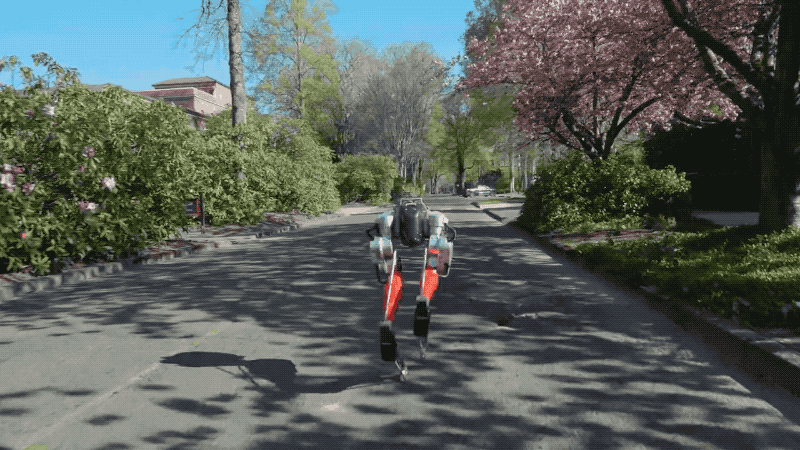You may well recognize Cassie as the basis of Agility Robotics’ delivery bot, Digit. If you’ve been following the tech’s progression at all, however, you no doubt know that it started life as the ostrich-inspired Cassie. The robot is all legs and not much else.
In addition to fueling Agility’s commercial ambitions, the robot has proven a solid platform for exploring bipedal location. Announced by Oregon State University professor Jonathan Hunt in 2017, Cassie was created with the aim of a $1 million grant from the DoD — a pretty familiar story in the robotics world.

Today, a team from the Dynamics Robotics Laboratory in OSU’s College of Engineering highlighted the ways they’re continuing to push Cassie to its bipedal limits. The team says the robot was able to run a 5K untethered, on a single charge. Cassie’s not going to beat any human world records anytime soon, but the 53-minute (and three second) run was still an impressive exhibition for the tech.
The robot’s run time included around 6.5 minutes of troubleshooting, as the team dealt with an overheated computer and a botched turn that knocked it off its legs.
“Cassie is a very efficient robot because of how it has been designed and built, and we were really able to reach the limits of the hardware and show what it can do,” Ph.D. student Jeremy Dao said in a statement.
According to the team, Cassie essentially taught itself to run using a deep reinforcement learning algorithm, which allowed the system to figure out how to stay upright by shifting its balance while running.
“Deep reinforcement learning is a powerful method in AI that opens up skills like running, skipping and walking up and down stairs,” undergrad student Yesh Godse adds.
In May of this year, the OSU team also demonstrated how Cassie can walk up and down stairs without the aid of lidar or on-board cameras.
Comments
Post a Comment